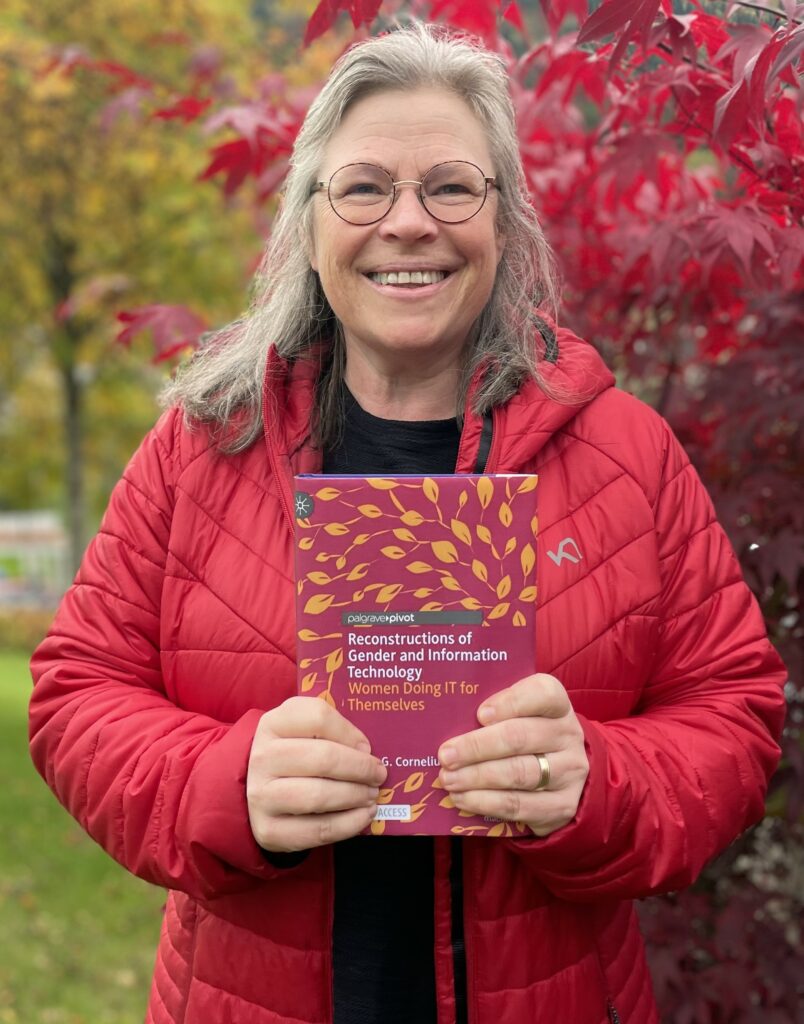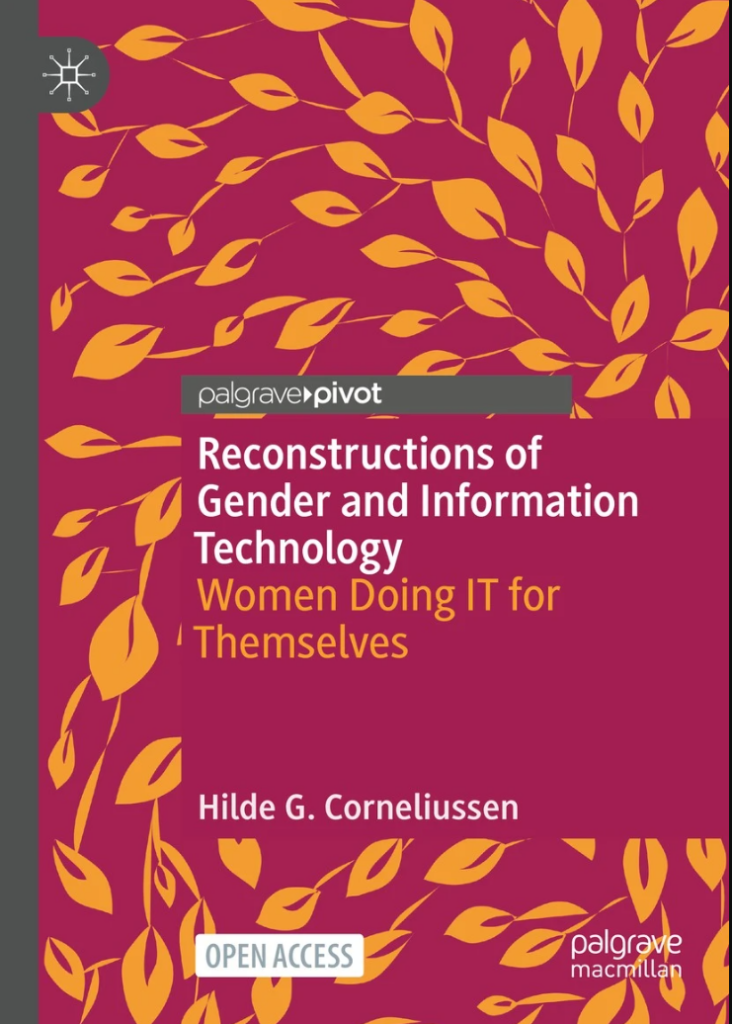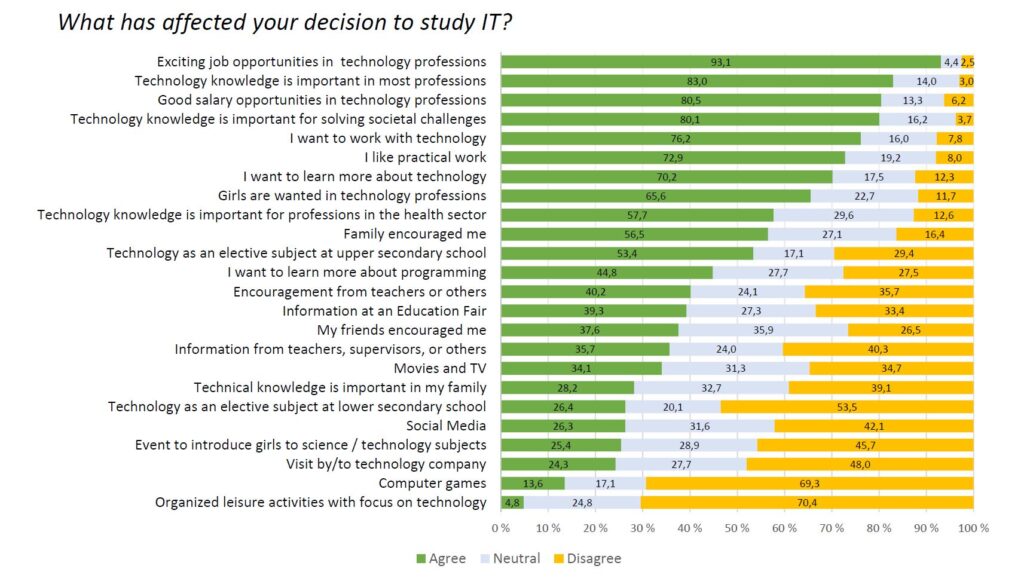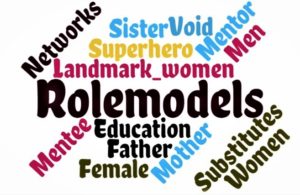Inspired by Furtak’s description of a Writing Productivity Pipeline, I started to pay more attention to how my own work spreads across the different steps in the pipeline, as she suggests: from ideas to drafts, proposals, manuscripts and untill manuscripts have become articles, chapters and books in press and published.
I liked the idea of the pipeline and being aware of how projects move through the pipeline. I also enjoyed how trying to define my own pipeline actually visualised many things that otherwise just remained something I did without noticing it. In many cases our work remains invisible until it is in print, but there’s a lot of work going on before that.
Looking back at what has been going on in my own pipeline over the last two months, I am quite satisfied with:
Ideas developing
* Abstract sent to the conference (June) Fjordkonferansen about role models for women in IT – (Abstract accepted)
* Full paper sent to HCC13 – (waiting for review)
In revision
* Review received from a scientific journal on an article about Women in IT education – (needs editing, so need to work on that)
Data collection
* Continuing interviews with women working with technology, for the NCoE Nordwit
* Finished a survey on programming in school – need to move this to the next stage: analysing and writing about it.
Proposals under review
* Participant in 2 proposals sent to Gender Net Plus; one on computing and the other on health technology, both on gender. (Waiting for review phase 1, then hopefully accepted for phase 2 in June – July)
* Participant in 2 proposals about ehealth/assistive technology sent to regional and national governments in Norway – (waiting for response).
Manuscripts in draft form
* Paper presented at CENS 2018 together with – or correction: presented by, because I couldn’t go there – Carol Azungi Dralega. The presentation will be reworked to a manuscript before the summer. Part of NCoE Nordwit
In press
Two articles have been through final editing and are now in press for the forthcomming Fjordantologien 2018:
* one on Immigrant Youth and Computer Gaming, together with Carol Azungi Dralega,
* and one about IT-forum Sogn & Fjordane, with Øyvind Heimset Larsen
* One article about programming in secondary school in Norway (together with Fay Tveranger) sent for publication in ACM proceedings for the conference Gender & IT 2018






